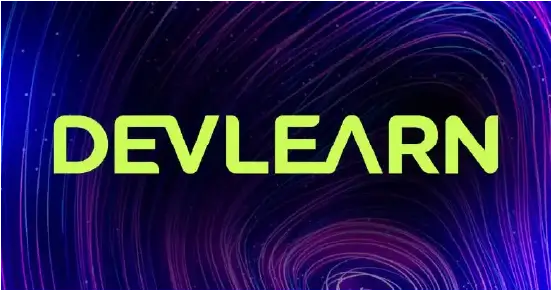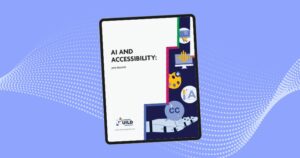What’s the best way to future-proof your organization?
While the minutiae of the answer to that question depend on your organization’s type, products or services, and goals, some of the big-picture elements cross industries, providing leaders—especially learning leaders—a blueprint for future-proofing.
Traits of future-ready organizations
According to HBR, “Becoming future ready means scaling up capabilities relevant to future competition.” HBR considers future-readiness to be a “source of resilience” in a stressful, ever-changing environment.
Choosing the skills your company will need in the future is an investment in that resilience. One behavior that successful companies share, according to HBR, is exploring new opportunities and business models while still exploiting existing models and opportunities.
This can be a balancing act: “You must maintain a healthy portion of activities dedicated to exploring the new, even when early evidence remains unclear, and commit yourself to difficult choices and tough tradeoffs guided by a vision about the future when evidence becomes compelling,” HBR said in “What Makes a Company Future Ready?”
Another behavior leaders exhibit is “strong opinions loosely held”—that is, aggressively learning about and choosing to pursue new opportunities while also being willing to pivot if a path proves unsuccessful. This requires the confidence to make risky decisions quickly—while knowing which decisions can be reversed and being prepared to walk back a bold decision.
Leaders who take risks, try new approaches, and enter emerging markets must be backed by a workforce of skilled employees who can keep up with the changes. This means ensuring that workers are constantly upskilling to anticipate new demands and emerging roles.
Nearly half of executives told LinkedIn Learning that they worry that their employees lack the skills to execute their business strategy—and they are turning to learning leaders for solutions, according to LinkedIn Learning’s 2022 Workplace Learning Report.
Training to future-proof your workforce
Start with assessment
Much like creating training materials, the first step in future-proofing is an assessment of the skills your organization needs now and is likely to need in the near future. Equally essential is an honest assessment of the skills employees currently have.
A thorough skills assessment will reveal any existing and potential skills gaps.
Consider whether and how to upskill workers
Historically, employers have often filled skills gaps by hiring new employees who already have the needed skills. With a tight labor market and constant need to update skills, though, organizations are finding that upskilling their existing workers pays off.
Benefits of upskilling existing workers include increased employee retention and satisfaction—a significant plus amid the Great Resignation—and the ability to offer employees a career path while also developing a leadership pipeline. That’s why significant numbers of L&D leaders (46%) indicated that upskilling and reskilling was a top priority—and an additional 26% focused their efforts more narrowly, on digital upskilling and preparing employees for the digital transformation, according to the LinkedIn Learning report.
Create your training plan
Learning leaders face a multitude of demands and options when planning training to future-proof their teams and their organizations:
- Nearly half (49%) of learning leaders are prioritizing leadership and management training, according to LinkedIn Learning. This may reflect the toll that the pandemic took on leadership pipelines and the need to ensure continuity and innovation at the top.
- A quarter (26%) are emphasizing skills related to digital transformation.
- Significant numbers of learning leaders (45%) plan to launch DEI programs in 2022, and for 26%, DEI is a top priority.
- Almost as many (42%) are launching programs that address leading through change. In fact, 87% of L&D teams “have helped their organizations become more adaptable to change,” the LinkedIn report stated.
These trends can guide the development of a training strategy that is right for any organization, although the specific skills needed will depend on the findings of your assessment and analysis.
Additionally, the skills learning leaders choose to develop within their organizations must be tied to long-term business goals, according to Forbes: “A direct connection must be made between the current and needed skills of the workforce and to the organization’s long-term growth strategy. The important business element of keeping the skills sharp of current internal talent is paramount. … Leaders are now starting to draw a straight line of sight from key business goals to the key capabilities that are needed.”
Learn from your peers
Shifting learning culture or adopting new training strategies can be an uphill climb; don’t undertake it alone. Explore the strategies and skills required to navigate the needs of today’s ever-changing workplace with your learning leadership peers.
The Learning Guild’s Learning Leaders Alliance offers a vendor-neutral global community for learning leaders who want to stay ahead of the curve and for aspiring leaders wanting to build their skillsets. The Alliance Membership package includes access to exclusive digital events and content curated for today’s modern learning leader, as well as opportunities to attend in-person learning leadership events held around the globe.










